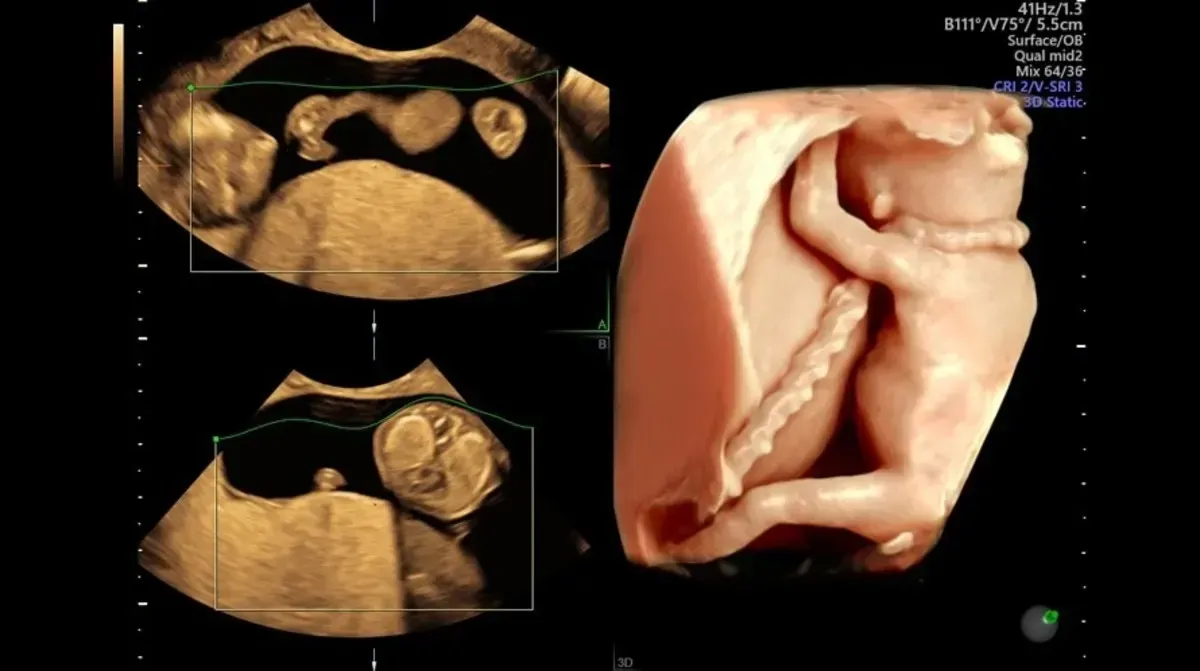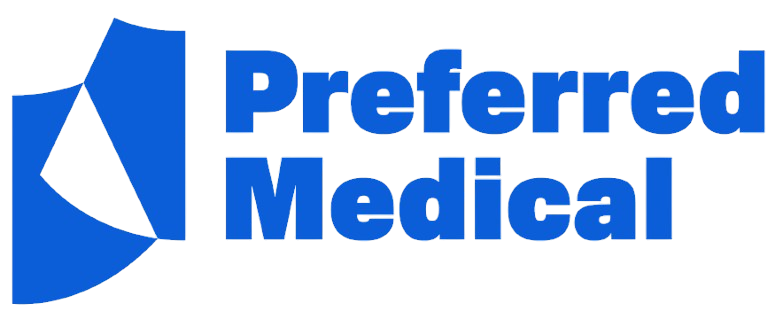Philips EPIQ 7 vs GE Voluson E10: Women’s Health, MFM & Breast Imaging Deep Dive
Introduction
Selecting the right ultrasound system for women’s health practices is critical. The Philips EPIQ 7 and GE Voluson E10 are standout performers, each excelling in OB/GYN, maternal-fetal medicine (MFM), and breast imaging. This comparison dives into how each platform supports these specialties, focusing on 3D/4D imaging, advanced features, and everyday clinical workflows.
3D/4D Imaging Technologies
Philips EPIQ 7
- TrueVue & GlassVue: These rendering technologies simulate internal and surface lighting to produce lifelike, photorealistic 3D fetal images with virtual light sources and transparent anatomical exploration.
- xMATRIX + Real-Time iSCAN: A single mechanical-volume transducer combined with auto-optimization, enabling smooth 3D/4D acquisitions across all trimesters and advanced heart anatomy scans.
- MicroFlow Imaging (MFI-HD): Detects low-velocity blood flow in fetal, placental, uterine, and ovarian vasculature, crucial in MFM scenarios.
- Shear Wave Elastography: Quantitative assessment of tissue stiffness in gynecologic and breast evaluations—enhancing lesion characterization.
GE Voluson E10
- eM6C Matrix 4D Probe + Radiance Architecture: Fully electronic, no moving parts—delivers 29% faster 4D and 15% faster 2D processing, enhancing clarity and reducing motion artifacts.
- HDlive Silhouette & HDlive Flow: Provide surface shading and volumetric vascular mapping, ideal for detailed fetal facial and vessel visualization.
- eSTIC & e4D Snapshot: Capture fetal cardiac volumes up to 75% faster compared to standard STIC, making complex heart evaluations more efficient.
Clinical Applications by Specialty
Obstetrics & MFM
| Feature | Philips EIPQ7 | GE Voluson E10 |
|---|---|---|
| Fetal anatomy | TrueVue and GlassVue create lifelike renderings, assisting in cleft lip/palate and spine evaluation. | HDlive highlights subtle facial and surface detail; SonoCNS AI reduces brain measurement keystrokes by ~80%. |
| Fetal cardiac | xMATRIX supports full-volume scans (<0.25s), strengthening congenital risk detection. | eSTIC and e4D Snapshot expedite fetal heart chamber visualization and biplane imaging. |
| Vascular flow | MFI-HD offers high-definition microvascular mapping in placenta and umbilical vessels. | HDlive Flow overlays flow data in 3D, increasing accuracy in vessel pathology. |
Gynecology & Breast Imaging
Philips EPIQ 7
- Elastography: Offers both strain and shear-wave—no manual compression needed for consistent breast and uterine fibroid assessment.
- Anatomical Intelligence: Streamlined workflow for gynecology, OB and breast exams through SmartExam and guided protocols.
- Shared Transducers: Single transducer handles high-frequency breast and pelvic imaging, fostering flexibility.

Clinical image from Philips EPIQ 7
GE Voluson E10
- ML6‑15‑D Linear Matrix Probe: Delivers high-resolution 50 mm scans ideal for superficial breast lesions.
- VCI-A & Speckle Reduction Imaging: Enhance grayscale and color Doppler uniformity—vital for complex breast and pelvic evaluation.
- SonoBiometry & SonoLyst: Automate feed/fetal structure measurements, improving productivity.

Clinical image from GE Voluson E10
Workflow, Ergonomics & AI
Philips EPIQ 7
- SmartExam & AutoScan: Reduce exams by ~30–50% and cut keystrokes by ~300 per scan, allowing clinicians to focus more on patients.
- Lightweight Design: Lowest weight in premium class—improves maneuverability in exam rooms.
- Collaboration Live: Real-time remote consultation capacities enhance support during complex MFM cases.
GE Voluson E10
- Edison AI & SonoCNS: Speeds up fetus brain exams by 80%, reducing errors and increasing consistency.
- Ergonomic Design: Features touchscreen panel, illuminated probe ports, and OLED display for less fatigue.
- ViewPoint Integration: Simplified reporting and EMR connectivity optimize OB/GYN workflows.
Strengths & Limitations at a Glance
| Category | EPIQ 7 Strengths | EPIQ 7 Limitations | Voluson E10 Strengths |
|---|---|---|---|
| OB/MFM | Photorealistic TrueVue, rapid 3D cardiac, MFI-HD vasculature | Mechanical probe requires some manual manipulation | Fast, artifact-free 4D, AI-powered workflow, highest clarity in HDlive |
| Breast/Gyn | Dual-mode elastography, shared probe flexibility, guided exams | Slightly slower 4D volume processing | High-res linear probe, VCI-A, SRI, SonoBiometry automation |
| Workflow | SmartExam protocol, lightweight, remote collaboration | Premium cost bracket | OLED touchscreen, probe lights, AI automation |
Which System is Right for You?
Choose Philips EPIQ 7 if:
- You need a versatile system that supports OB, MFM, breast, and general women’s health, with advanced elastography and flexible imaging needs.
- Your practice benefits from SmartExam automation and collaboration tools.
- You frequently handle technically difficult patients (high BMI, complex flow cases).
Choose GE Voluson E10 if:
- You work in high-throughput OB/GYN or MFM environments and need ultra-rapid 4D capabilities.
- Lifelike visualization (face, vascular mapping) and AI-enhanced workflow are key.
- Superb breast imaging resolution is critical, with advanced color flow tools.
Conclusion
Both the Philips EPIQ 7 and GE Voluson E10 dominate the premium women’s health ultrasound segment—offering state-of-the-art 3D/4D imaging, tools for OB/MFM, and advanced breast/gynecology applications. Your choice hinges on clinical priorities:
- 💡 EPIQ 7—Versatility across OB, MFM, and breast, with elastography and Shared Service efficiency.
- 🔍 Voluson E10—Dedicated excellence in exam speed, photorealistic rendering, and seamless high-throughput workflow.
If you'd like to explore other devices from the Philips, Mindray or Alipinion brands, specific probe configurations, acquisition options (new or CPO), or tailored solutions for MFM, OB/GYN, or breast centers, Preferred Medical is ready to assist.











